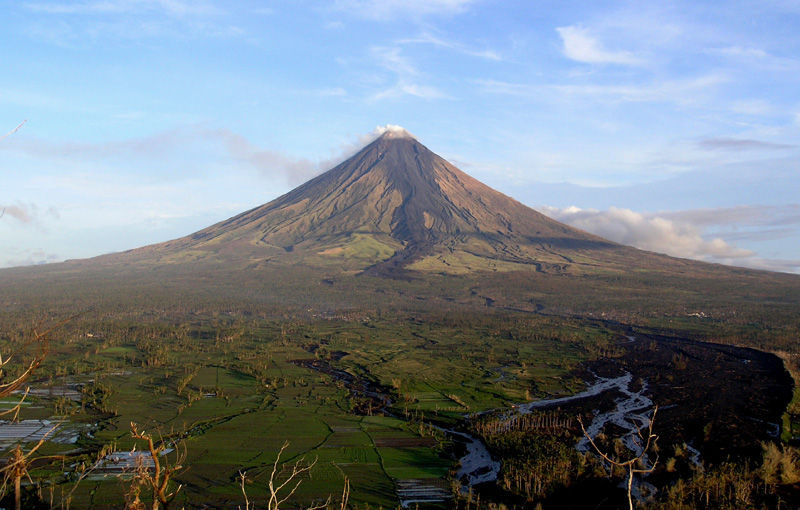
MANILA — The Philippine Institute of Volcanology and Seismology (Phivolcs) said on Wednesday the Mayon Volcano in Albay Province remains under Alert Level 3 despite the increase in seismic activity of the volcano in the past 24 hours.
Phivolcs Director Renato Solidum told the Philippines News Agency (PNA) Alert Level 3 means that Mt. Mayon’s hazardous explosive eruption is possible within weeks.
For her part, Rizza Villeza, science research specialist of the Phivolcs’ Volcano Monitoring Division, advised Albay residents to avoid entering the six-kilometer radius permanent danger zone (PDZ) around the volcano and the seven-kilometer extended danger zone (EDZ) on the southeastern flank due to the continuing threat of rockfalls, landslides, and sudden explosions that may generate lava flow.
“We recommend no habitation within the PDZ and EDZ as the public should be aware and observe safety,” she noted.
Villeza said the increasing number of volcanic tremors around the volcano clearly showed that Mt. Mayon continues to be on a heightened state of restiveness.
According to Villeza, the agency’s seismic instruments detected 45 volcanic quakes and 277 rock fall events around the volcano between 7 a.m. Tuesday and 7 a.m. Wednesday.
She noted that these high and low frequency tremors monitored by the instruments signified that magma has been intruding towards the surface that could lead to a large eruption.
Villeza further noted that the volcano released 750 tons of sulfur dioxide during the past 24-hour period, a reading which was above the normal base rate of 500 tons per day.
During a cloud break Wednesday morning, Villeza said a moderate emission of white steam plumes was also observed.
She added that a bright (Intensity 3) crater glow has been visible since Tuesday evening.
Villeza also said the incandescent rockfall materials that started to roll down from the crater have reached the uppermost portion of Bonga gully, indicating that lava is breaching the dome of the crater on the southeastern side.